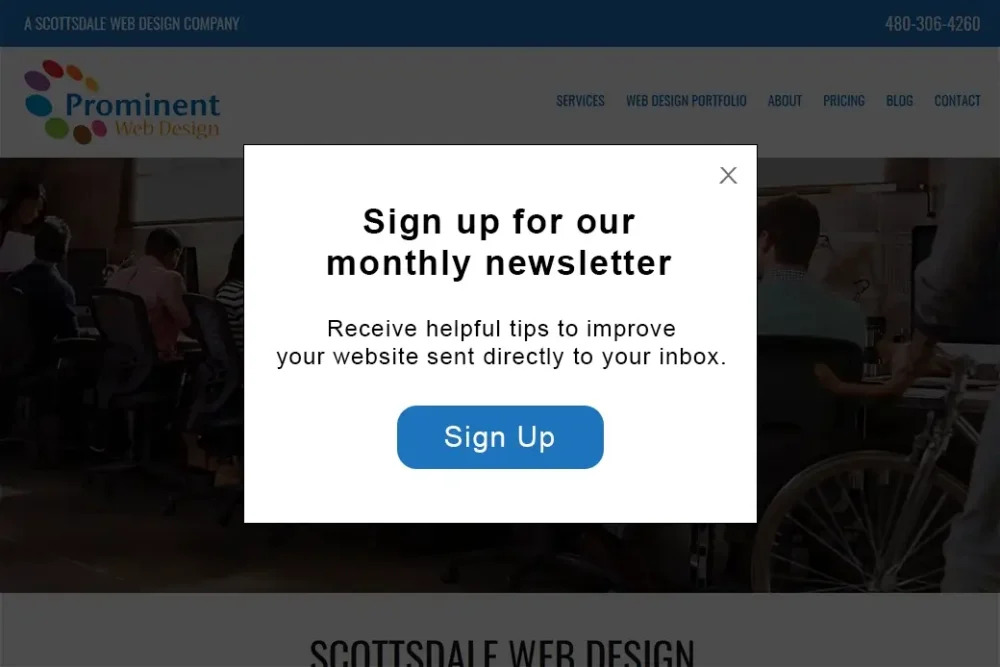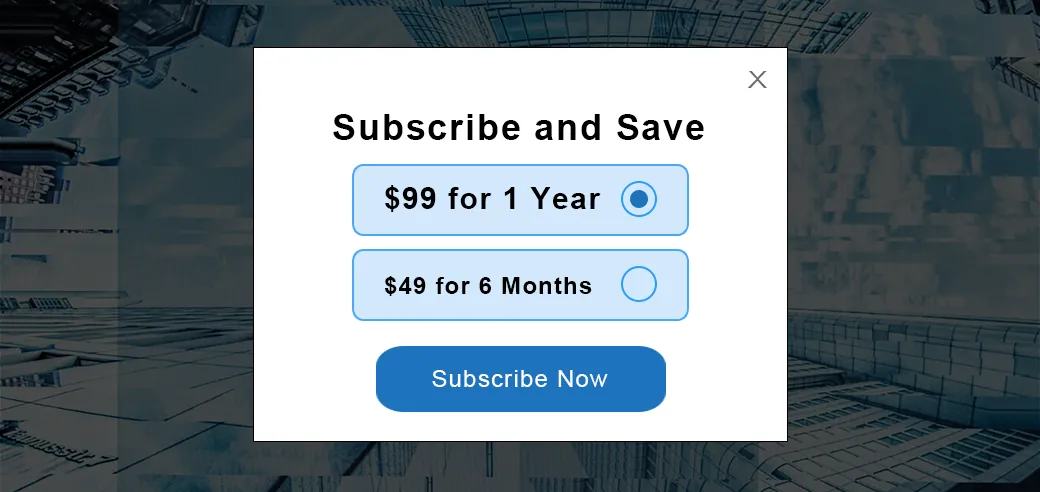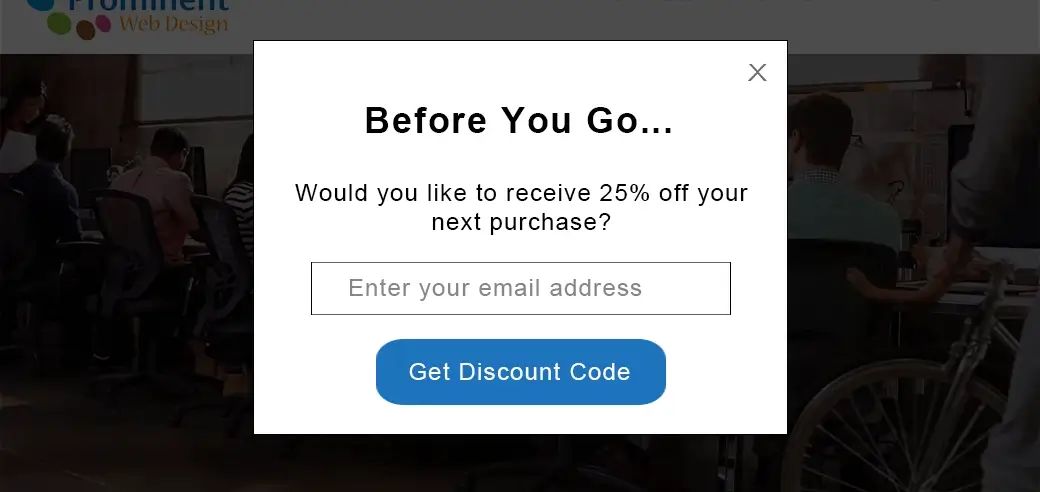
A popup is a small “window” that typically opens up/displays within a web browser window upon visiting (or exiting) a website (usually upon entering the home page). As a call-to-action, it can be an effective marketing tool used to generate leads, among other things.
Why Use a Popup?
There are many good reasons why popups are implemented on websites. Here are just a few of those reasons.
To Highlight an Important Announcement
There are times when you need to draw visitors’ attention to an important announcement, such as a time sensitive offer (e.g. 20% Black Friday Sale); a new product arrival, etc. In such cases, popups are an effective tool to implement.
To Restrict Access to Certain Types of Content
There are generally two common circumstances under which popups can help to restrict visitors from accessing certain types of content.

Two Types of Popups that Restrict Website Access
Paywall Popup
A paywall popup to restrict access to website content (e.g. news) unless the visitor signs up (subscribes) to the website, usually requiring payment.
Age Gate Popup
An age gate popup to confirm a visitor’s age before allowing entry to the website, such as for Cannabis or Alcohol products.
To Increase Conversions/Reduce Website Bounce Rate
A popup can help to reduce a website’s bounce rate, increase conversions and improve user engagement by requiring the visitors to provide their contact information (e.g. their email address, phone number, etc.) in return for something of value (e.g. a coupon code). Thus, by offering the proper incentive, you can encourage a conversion opportunity from those visitors, before they leave your website, by turning them into subscribers and ideally, into becoming new customers.

For example, an exit-intent popup can appear when a visitor is about to leave a website, and gets that visitor to provide their email address in order to snag a 25% discount coupon code that will be emailed directly to them. This results in a conversion and reduces the bounce rate.
Why You May Not Want to Use a Popup
Of course, there are some downsides to using a website popup. Below are just a few reasons why you may not want to use a popup in your website.
They Are Annoying to Visitors
Popups can be a huge turn off to your website visitors. Especially when not used correctly, it can actually hurt conversions. This is particularly true when popup triggers are not set up to use cookies as a means to limit the repeat display of the popup to the same visitor.
They are Intrusive
Pop-ups, particularly when used to showcase ads, may be perceived by visitors as being forced upon them without their consent and distracting. This can result in higher bounce rates for your website, if not implemented with these factors in mind.
They Feel Spammy
There are some websites that implement multiple popups throughout their website pages. This can not only be annoying, but can come off as quite spammy to visitors. Not only can this increase bounce rates, but it can damage your brand.
They can be Blocked
Popups can be blocked within all of the popular web browsers simply by enabling the Pop-up Blocker functionality with the browser settings. Therefore, popups may not be the most effective way to inform your website visitors of an important announcement when some of them may have popup blocking enabled within their web browser.
Should you Use a Popup within your Website?
It depends. If you need a popup for a specific purpose, such as an age wall or paywall, and limit its repeated display using cookies, it may be perfectly appropriate to use one within your website. That said, it may be better to simply create a static banner on your home page, where you can highlight important announcements.